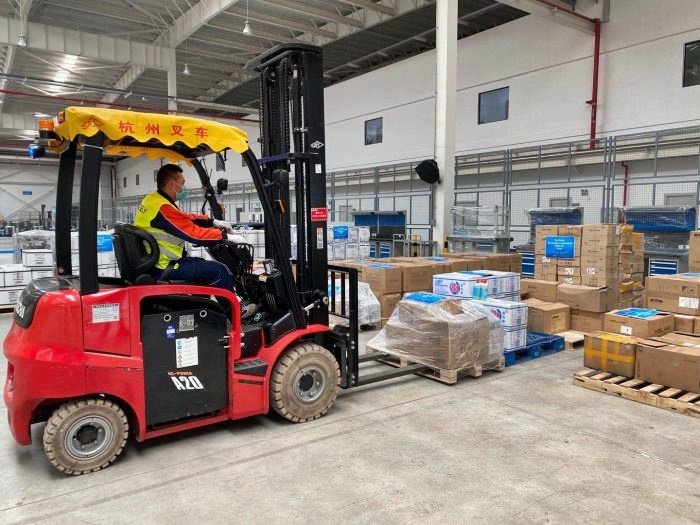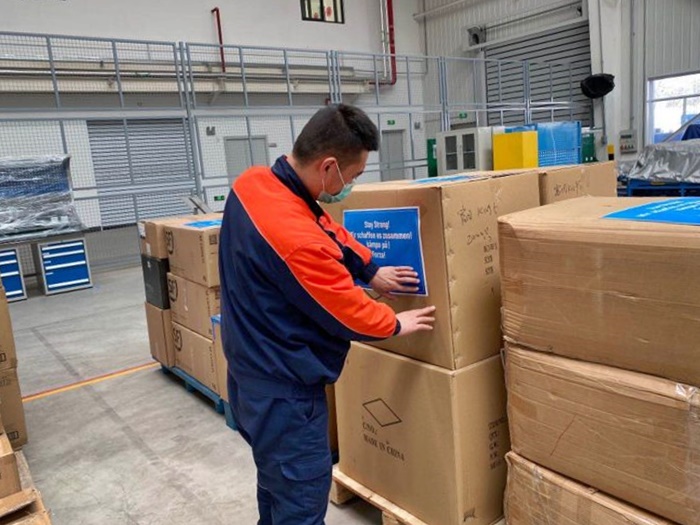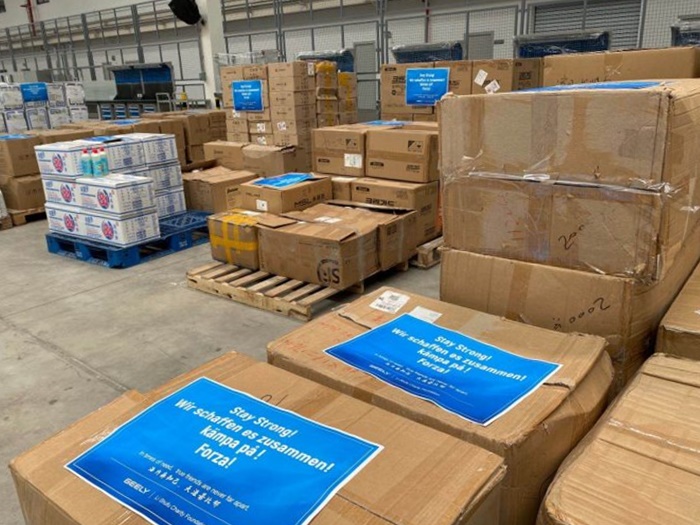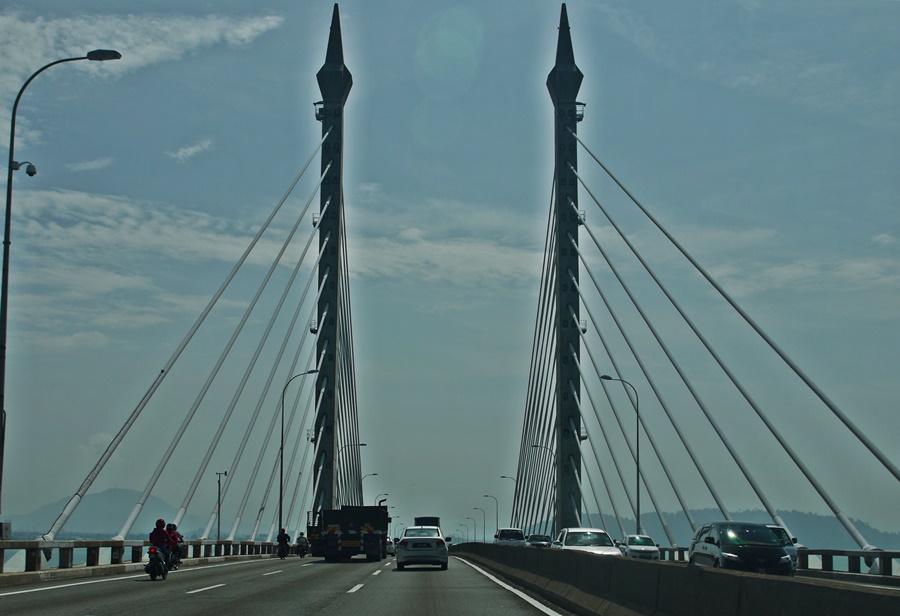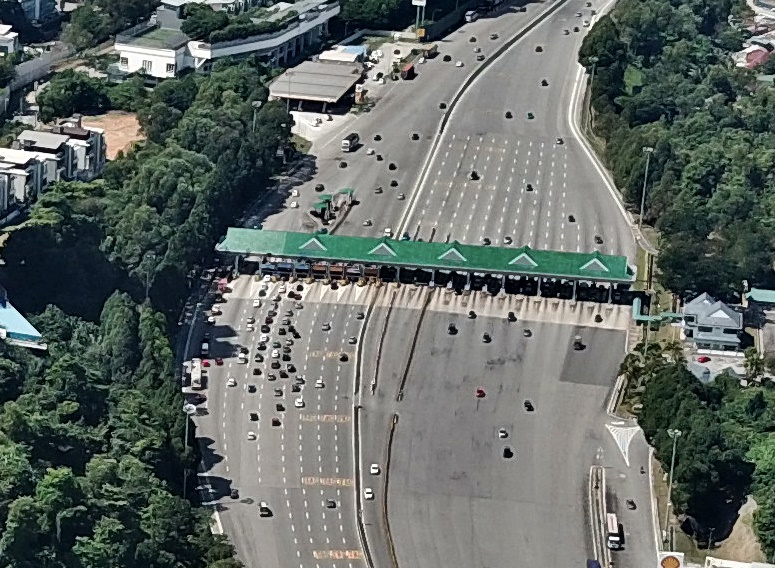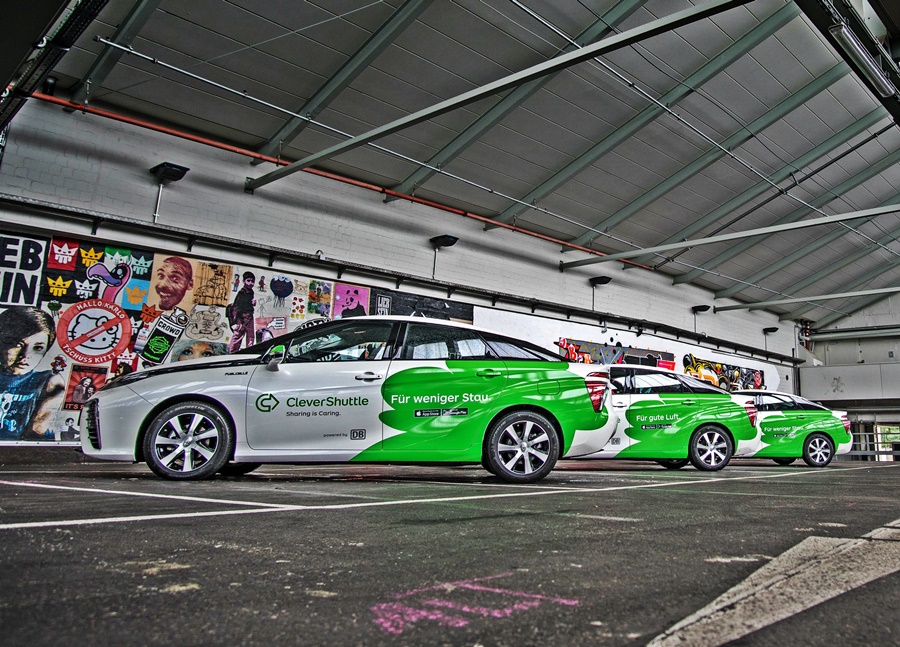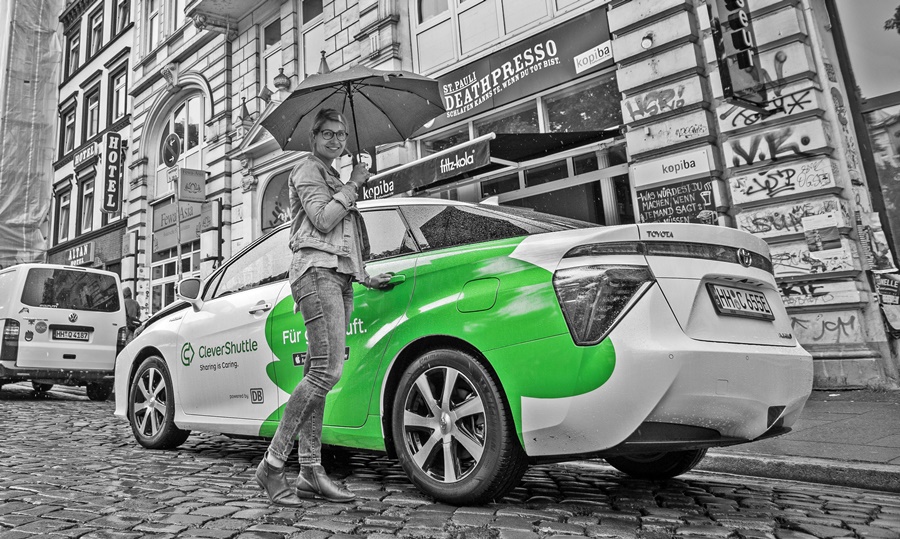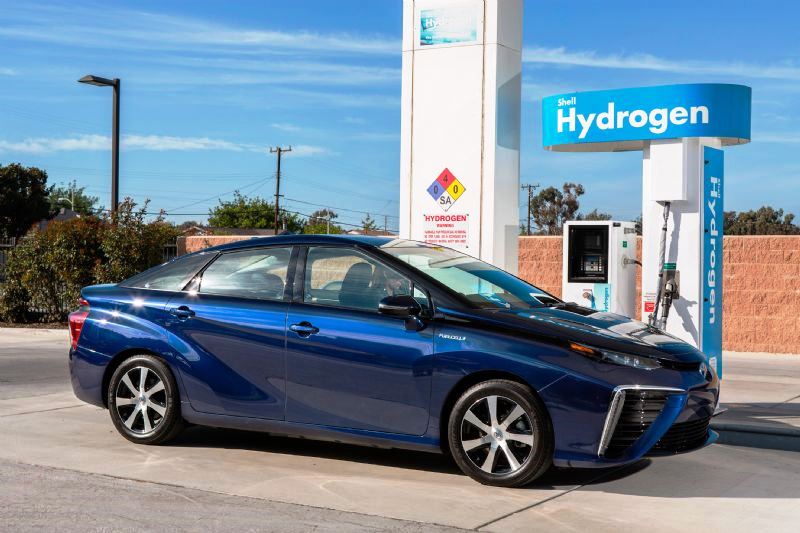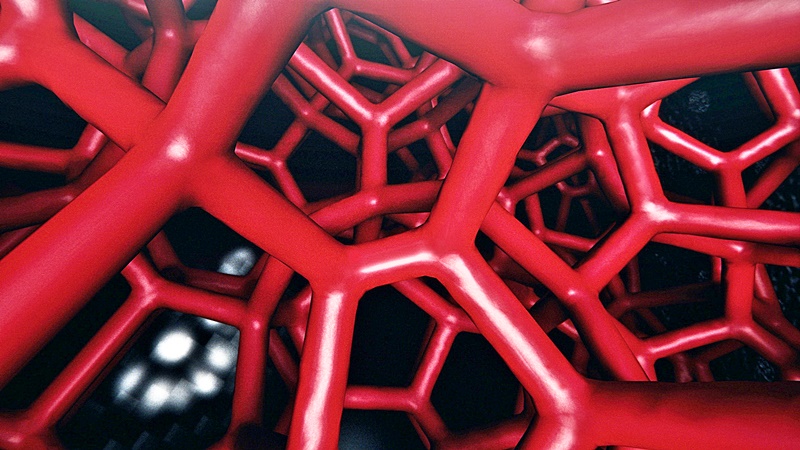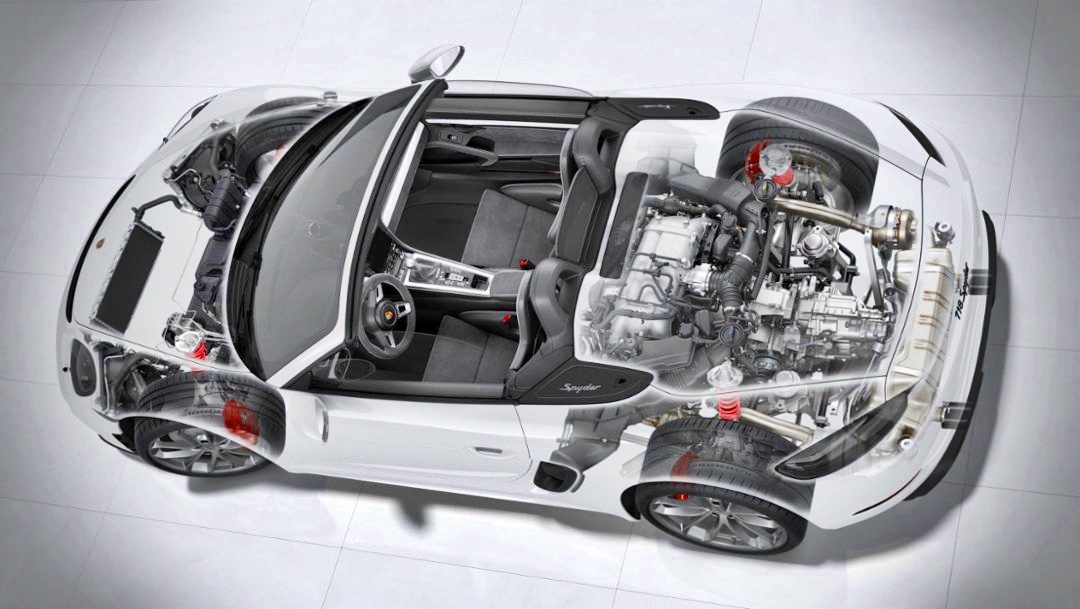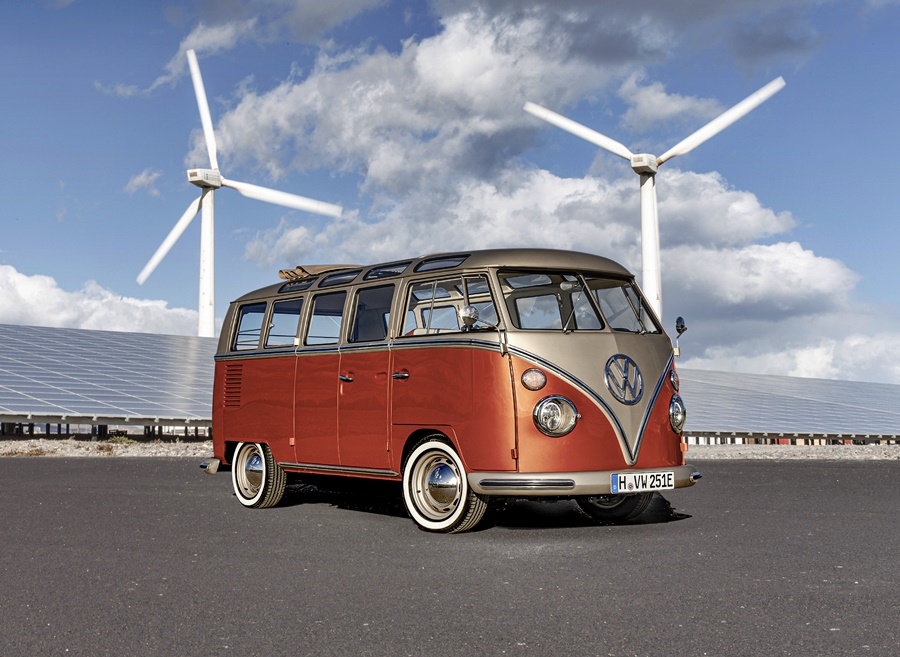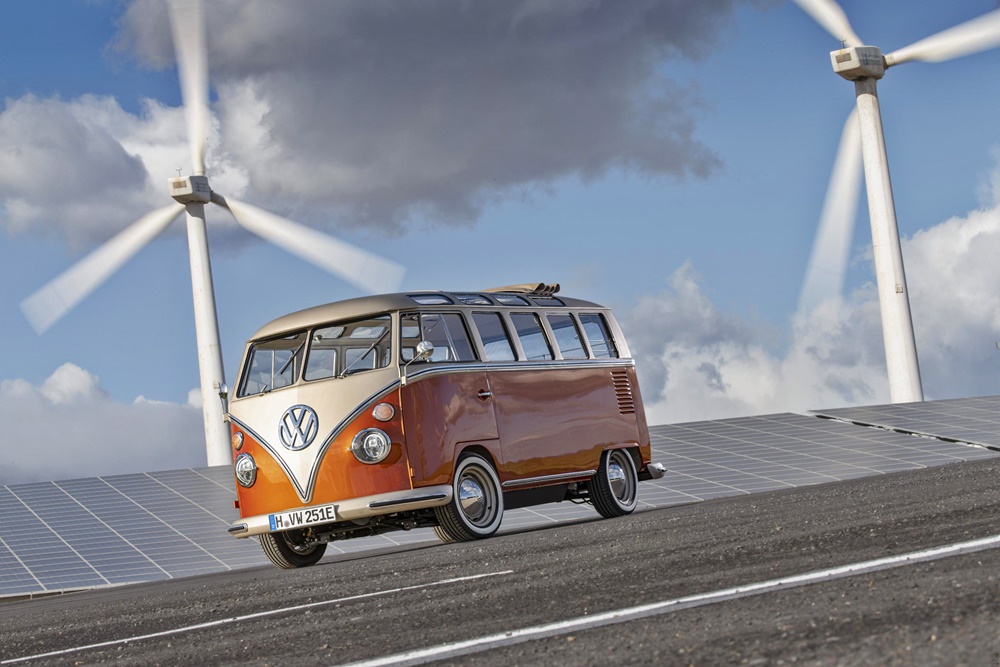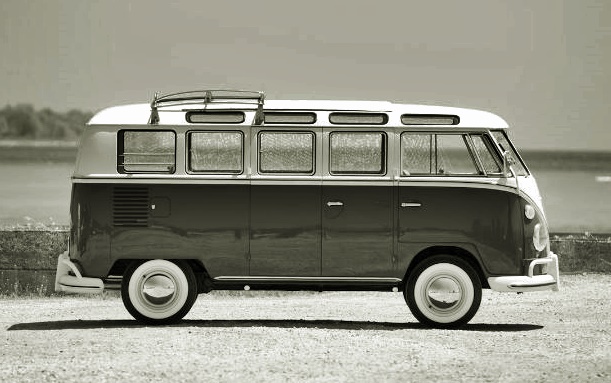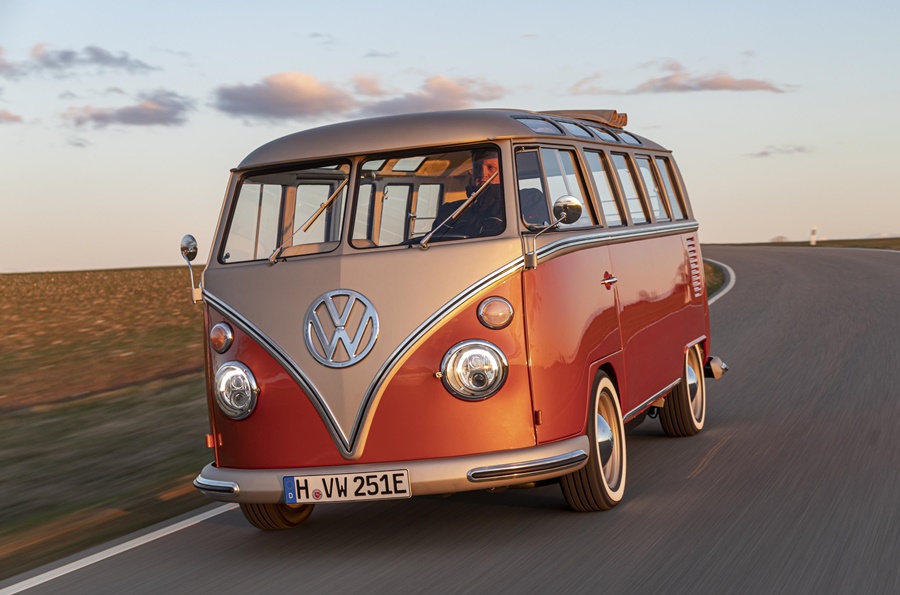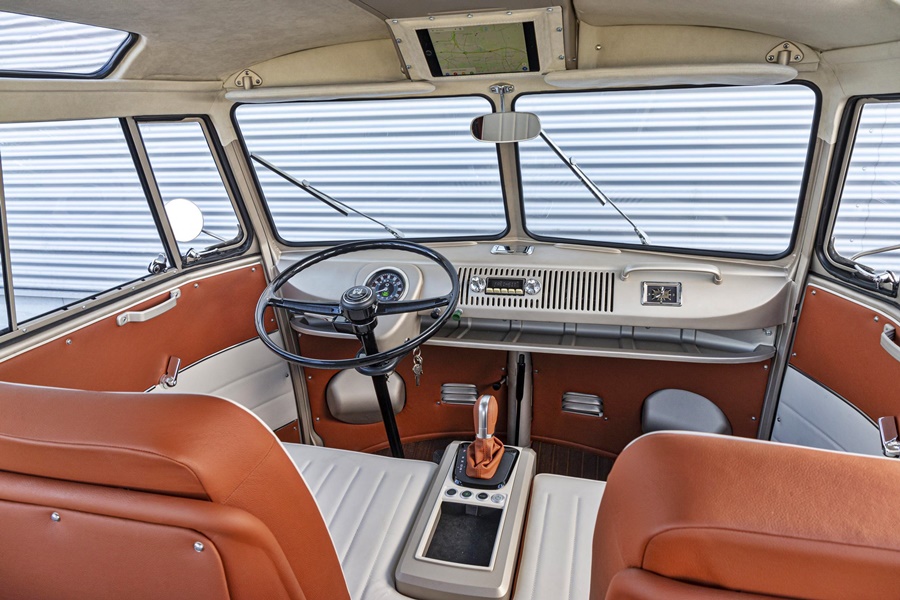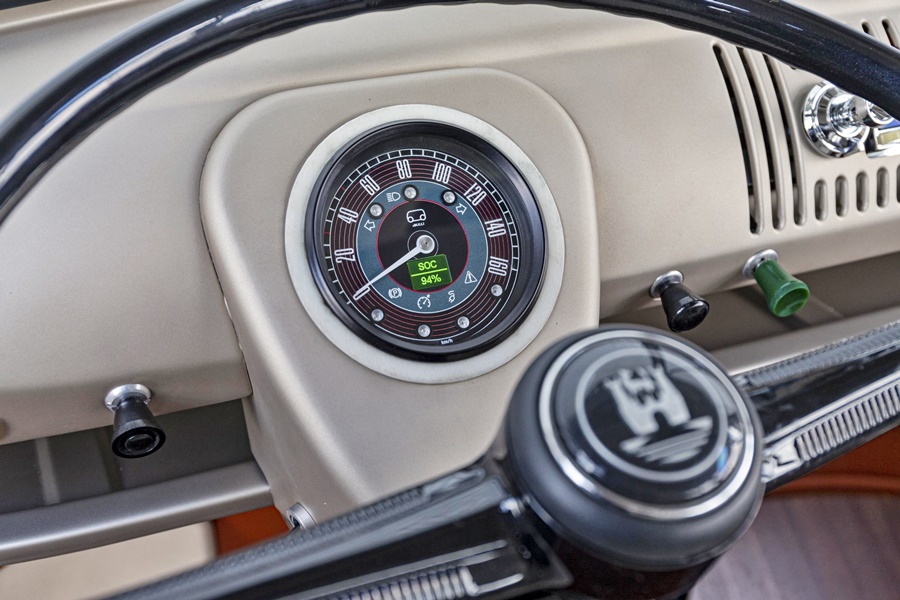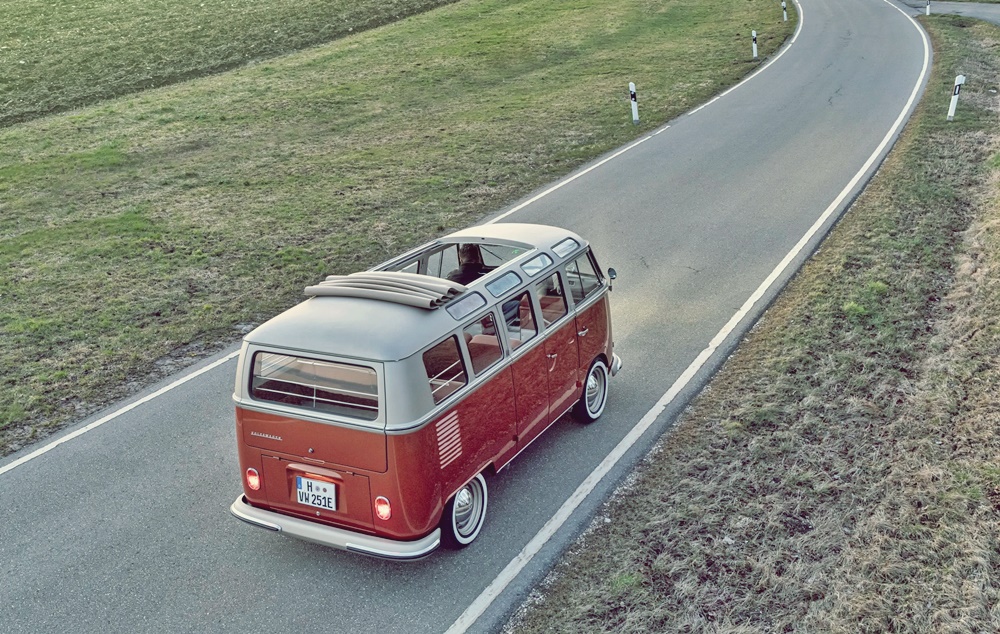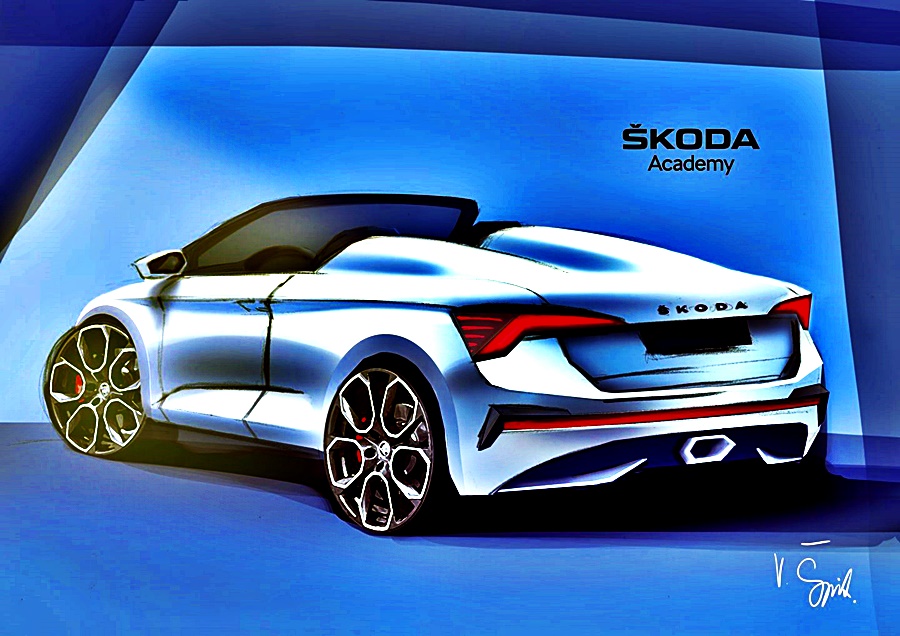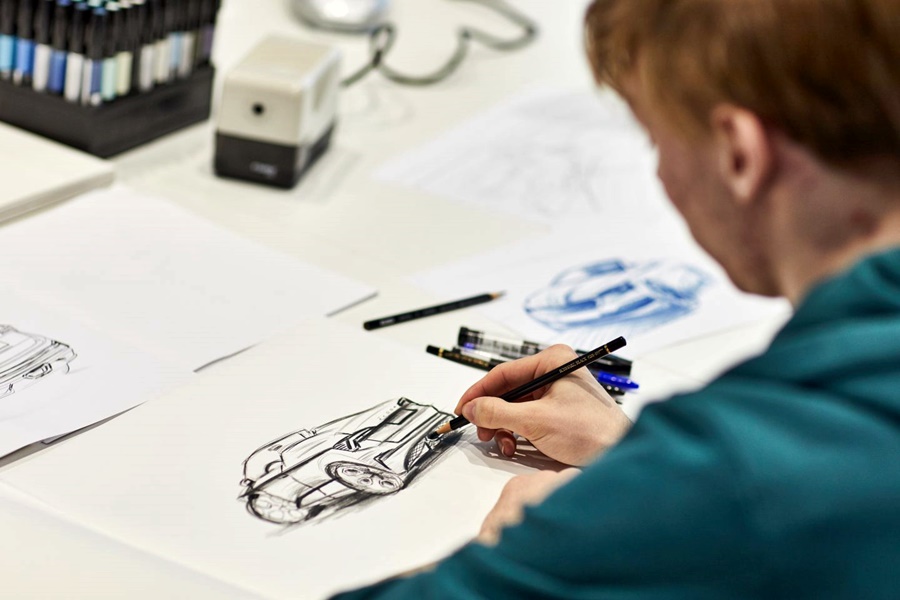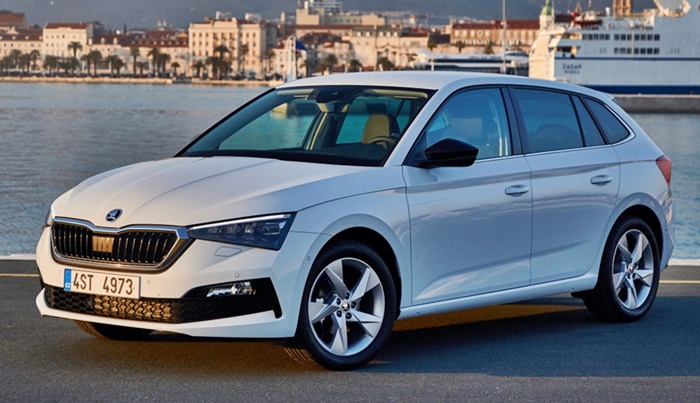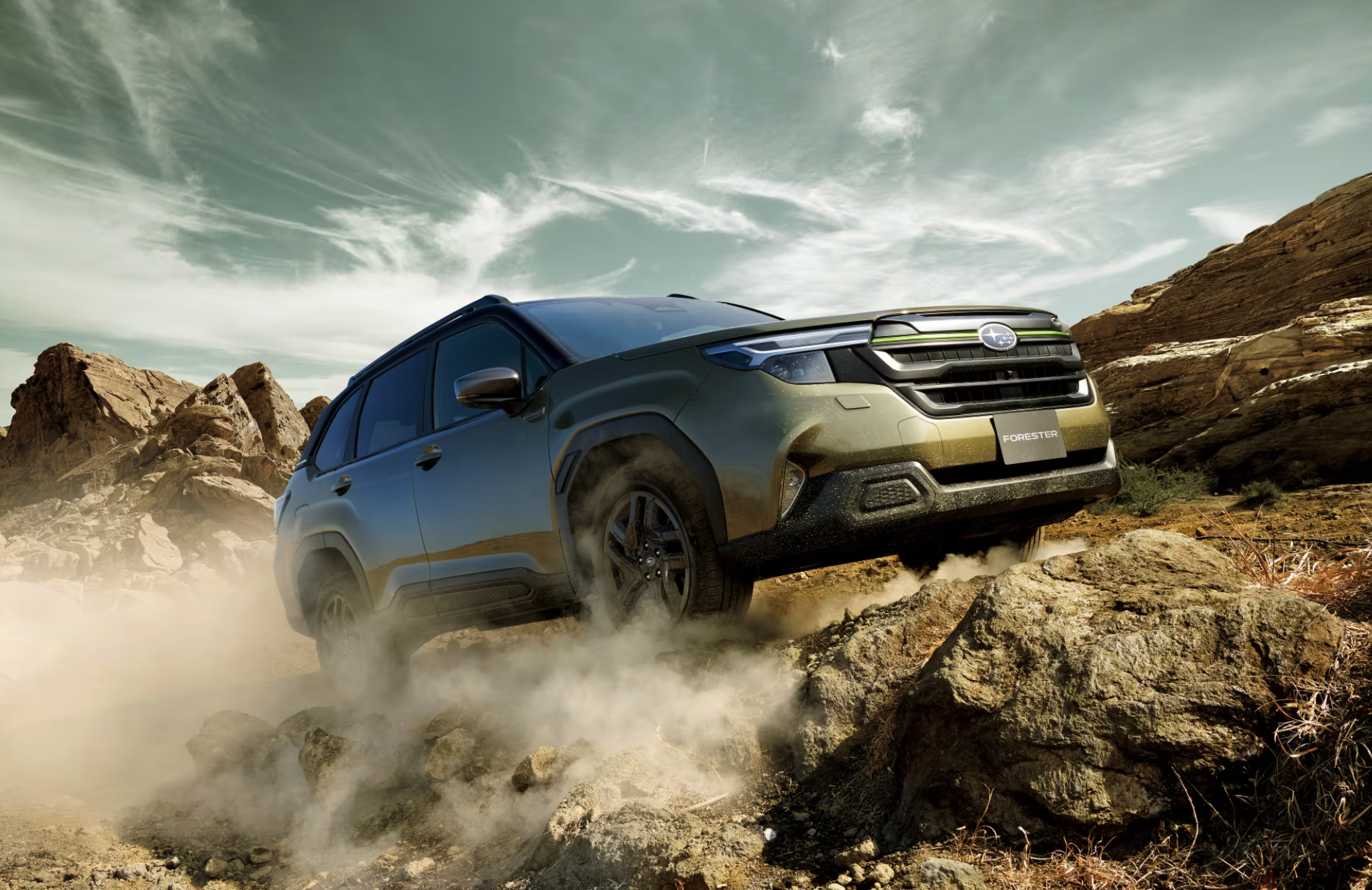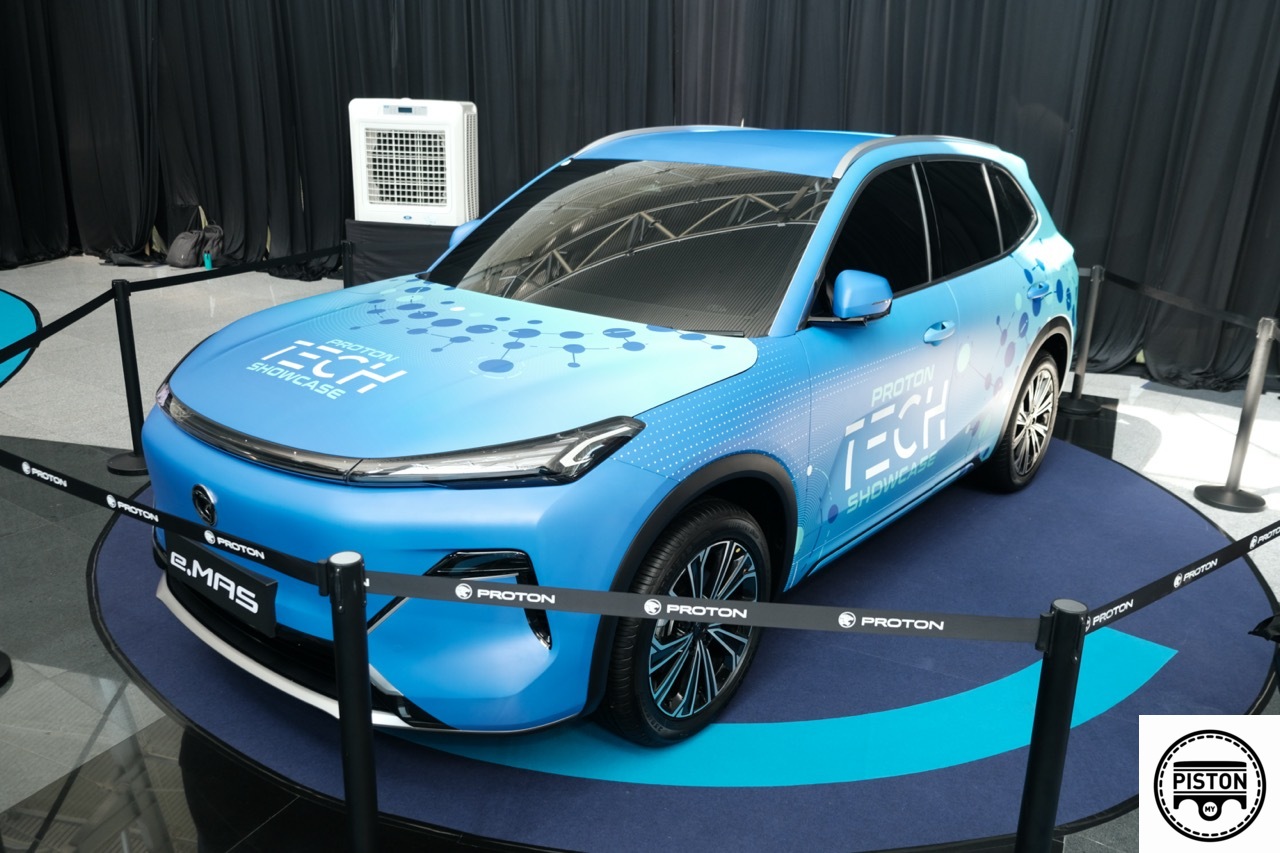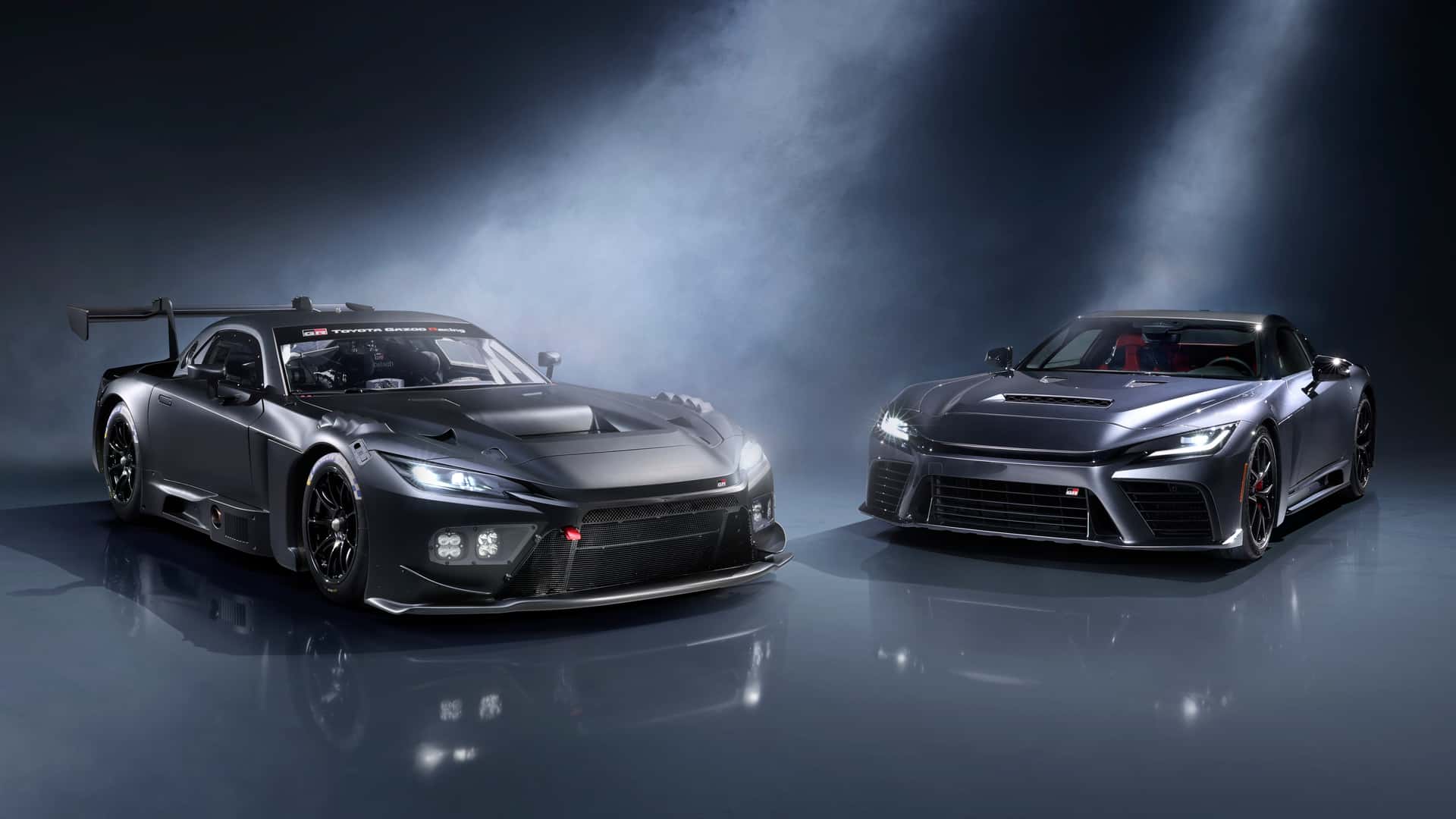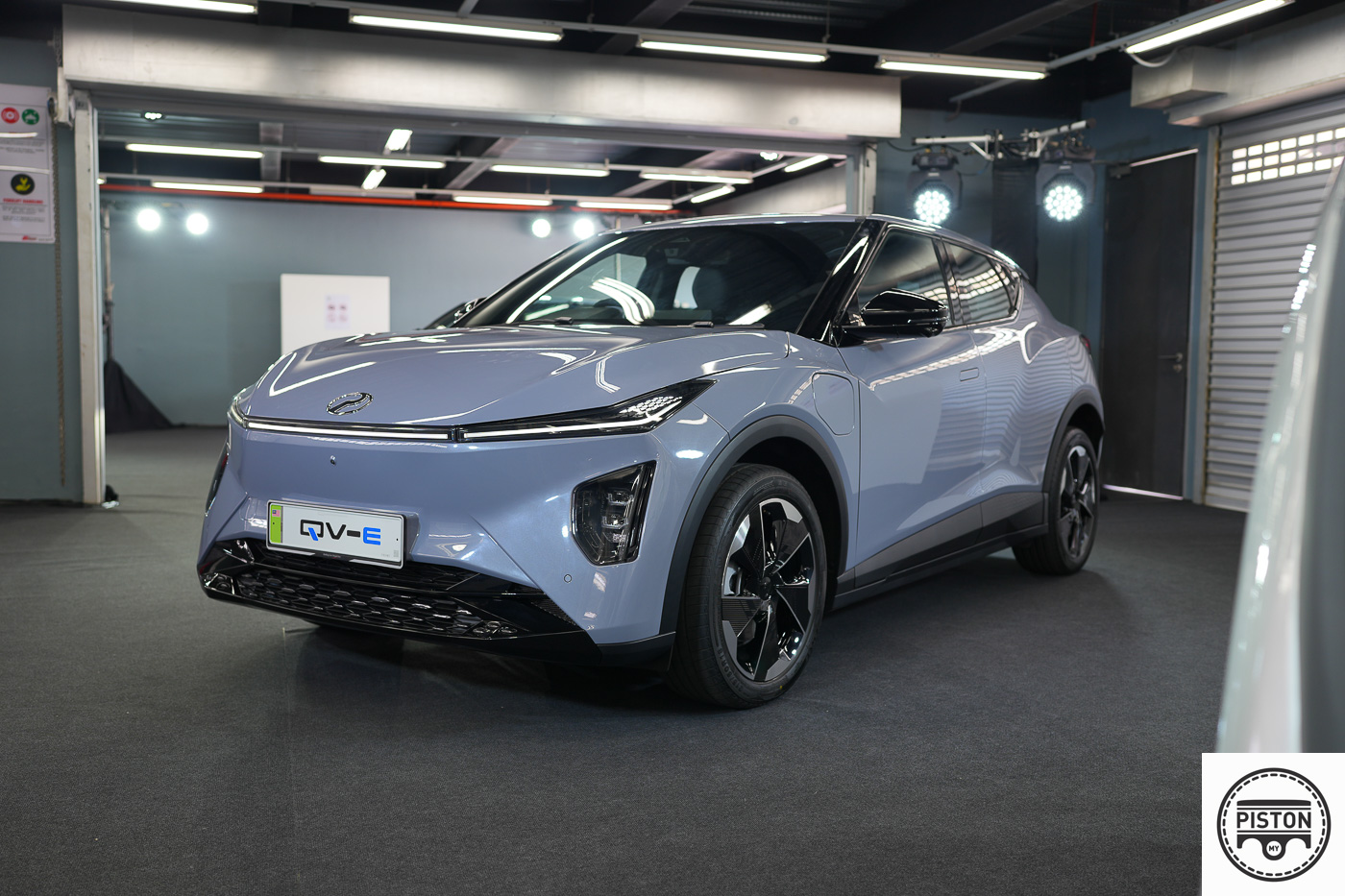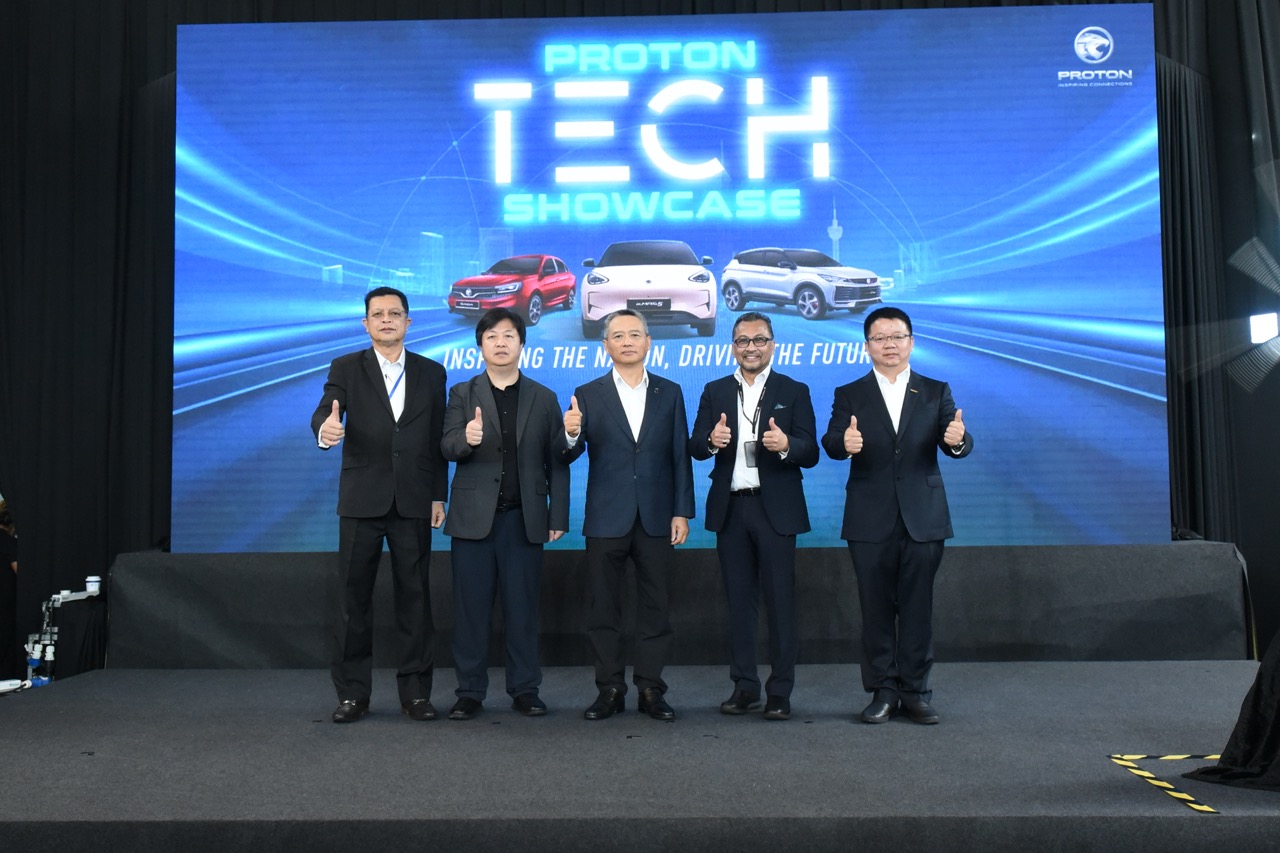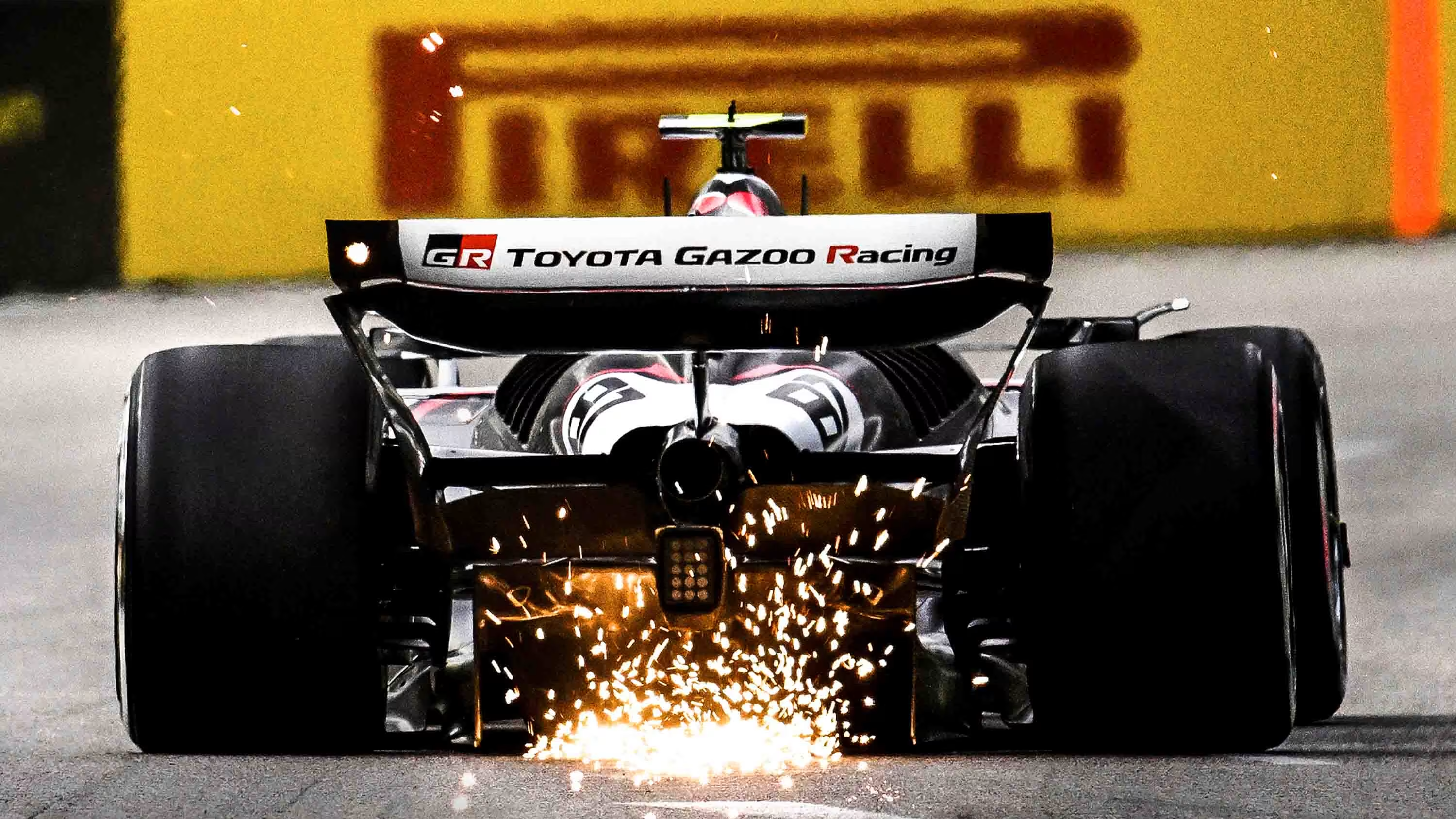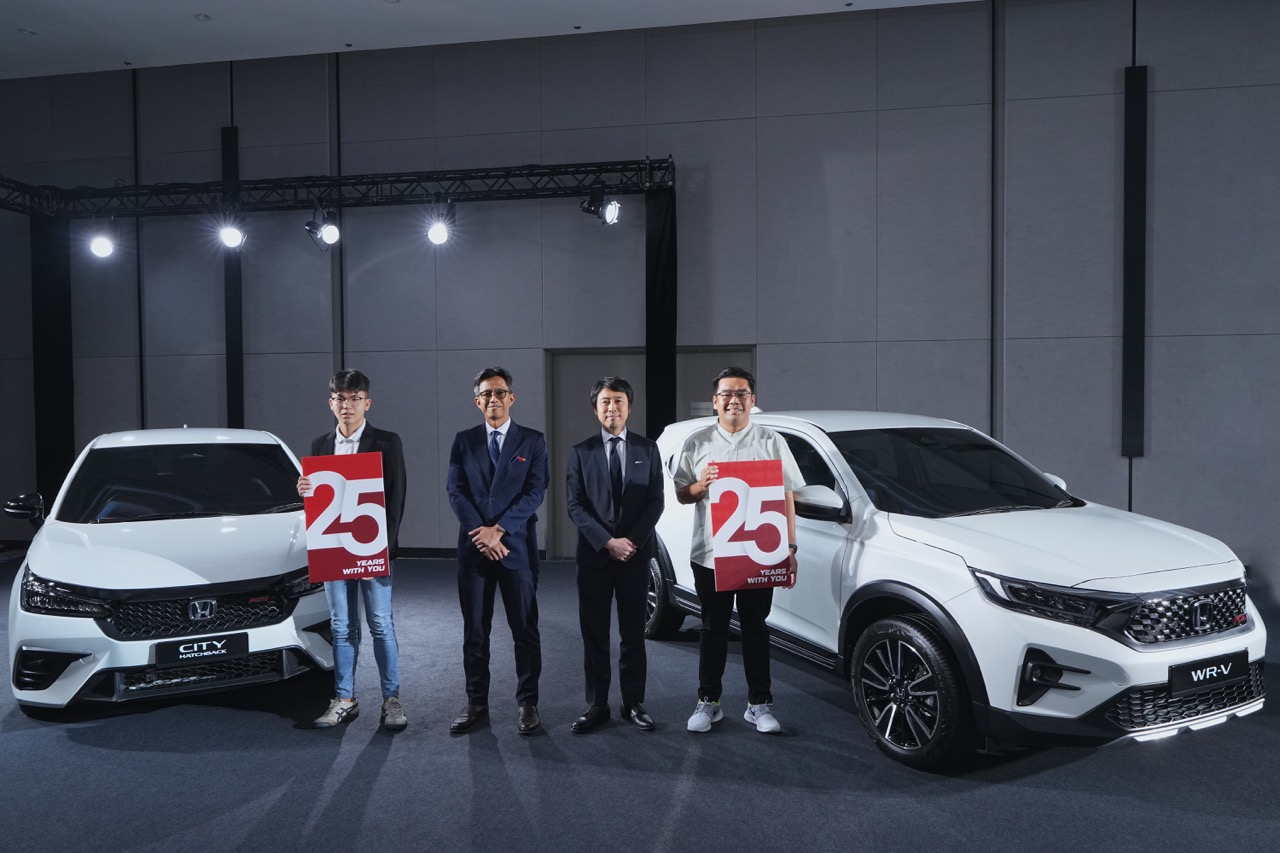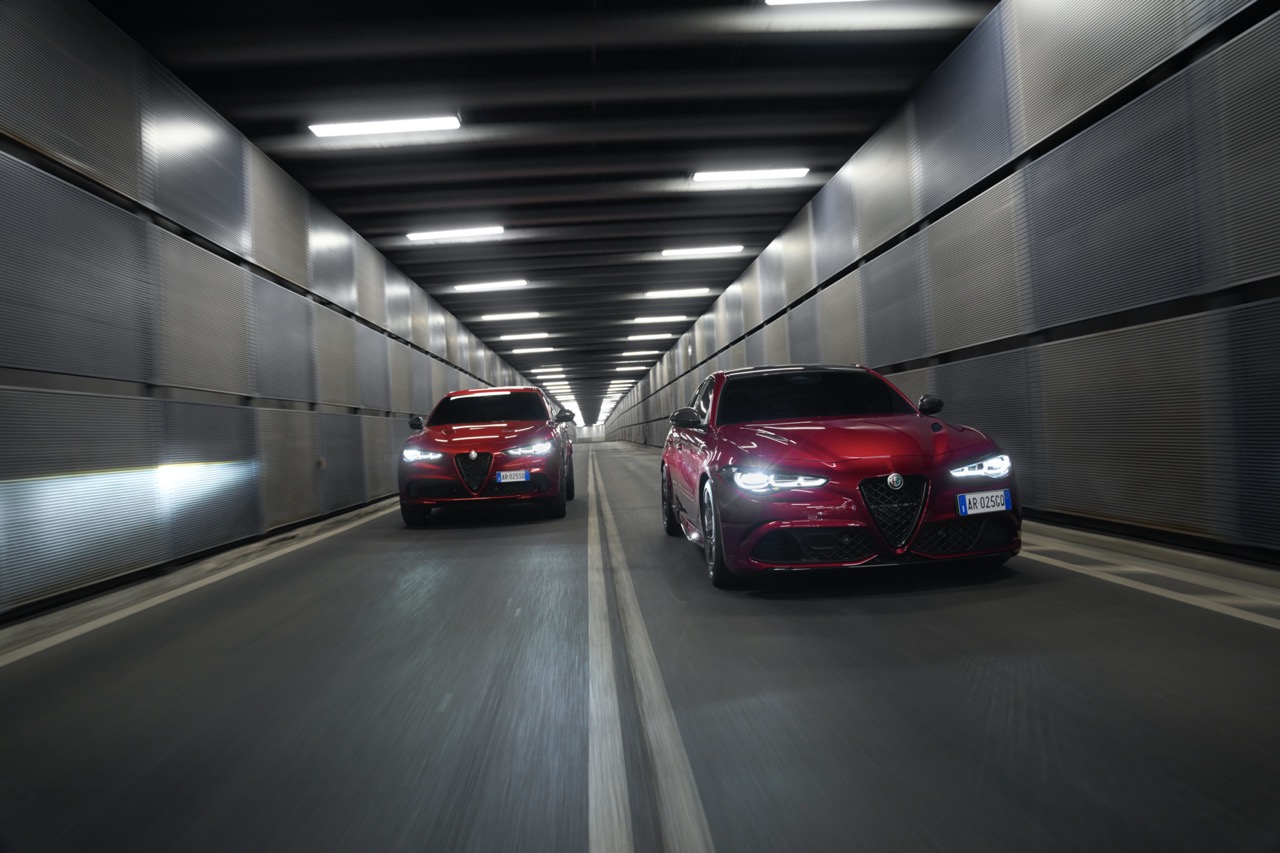Now that the COVID-19 pandemic situation in China has improved, the country is able to think of helping other countries even though it still has many cases to attend to domestically. Government and private organisations have been sending medical personnel and much-needed medical supplies to a number of countries and the Zhejiang Geely Holding Group (Geely Holding), together with the Li Shufu Charity Foundation are among them.
Geely Holding, which Proton is a part of, has begun shipping medical supplies to areas in Southeast Asia and Europe that are experiencing coronavirus outbreaks. The first batch of donated medical supplies was sent to Sweden and Germany for local distribution to hospitals.
For Malaysia, the Group will donate testing kits and masks to hospitals and treatment facilities in need.
Earlier in January, Geely Holding and the Li Shufu Charity Foundation established a special fund totalling 200 million RMB (about RM124 million) to support the prevention and control of the coronavirus epidemic. The foundation established by Geely Holding’s founder, Li Shufu, will purchase and distribute urgently needed medical supplies including Personal Protective Equipment, test kits, masks, disinfectants, and ventilators according to the needs of the severely affected areas.
As the pandemic grows around the world, Geely Holding and its global family stands united and will make full use of the Group’s synergetic strength in the fight against the virus. Geely Holding and its subsidiaries around the world are strictly following national guidelines where they operate to protect employees and prevent the spread of the virus.
On top of assistance from Geely Holding and the Li Shufu Charity Foundation, Geely subsidiary companies around the world are providing their own assistance to local communities in distress. Volvo Cars in Sweden and Geely Sweden have donated over 12,000 medical masks to local hospitals. Benelli Motorbikes has begun shipping masks from China to affected areas in Italy. Geely Auto Technical (Deutschland) near Frankfurt, Germany has been working with local authorities to distribute medical masks and gloves. London Electric Vehicle Company has started an initiative providing drivers nationwide with a 3-month finance payment holiday.
“As the situation continues to normalize in China, Geely Holding has not forgotten the help it received from friends and family around the world. The fight against the coronavirus is not one that can be won alone. Together we are strong and together we will be victorious,” the company said in a statement.



